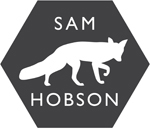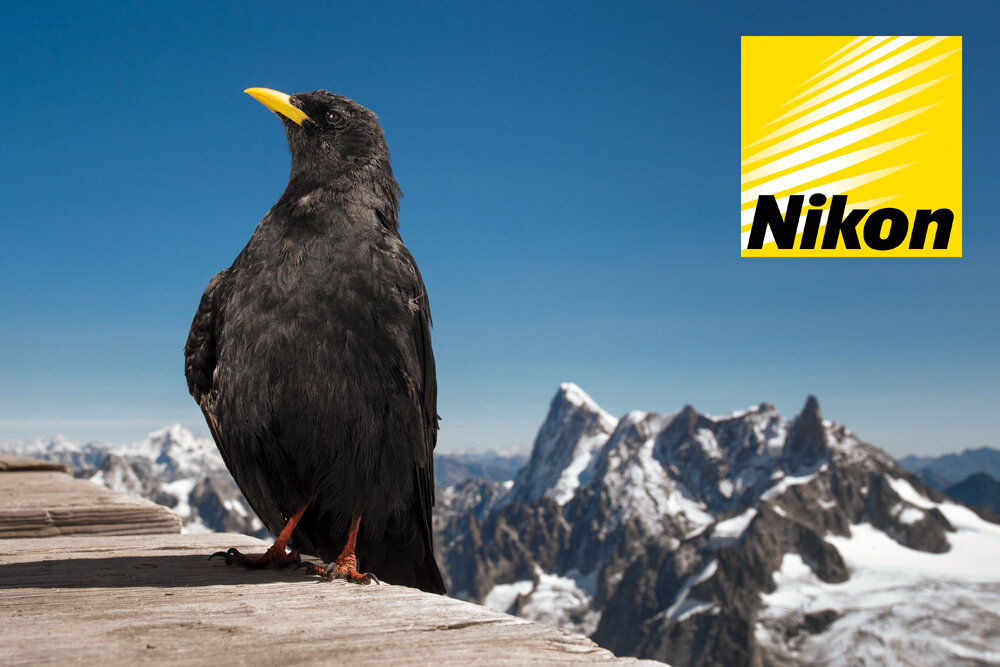WARNING: This post contains some sensitive images and material
This summer I was commissioned by WWF to capture a series of images that document the current threats to wildlife in the UK to illustrate that the UK is one of the most nature depleted countries in the world. It was a major undertaking to travel the country and find the stories, not to mention coming face-to-face with the reality of the situation, but we managed it and you can see the final project on the WWF site here, and as a Guardian Gallery here. The above image of a mallard duck and mute swan lying dead amongst litter, after poisoning by algal blooms was used as the lead in both pieces.
I started off down in Cornwall, photographing plastic pollution with Rame Peninsula Beach Care, photographing their collections of plastic pollution that have washed up on their local beach at Tregantle. The beach actually looked pretty pristine, but getting down on hands and knees and sifting through the sand, the picture quickly changes. In amongst the sand, there are plastic nurdles and bio-beads, used as a raw material in plastic production and in the treatment of sewage. In just seven visits to a 100m stretch of Tregantle, Rame PBC collected 9 million of them!
I photographed the plight of pollinators due to habitat loss, hedgehog rescues at Secret World Wildlife Rescue, polluted rivers in Liverpool, seals with plastic “necklaces”, Fly-tipped motorbikes in the River Wandle, air traffic at the London Wetlands Centre and the burning of fossil fuels at a coal-fired power station.
I was also in touch with Project Splatter in the hope of documenting some road-kill to illustrate how roads fragment wildlife habitat and road traffic is a major cause of air pollution and wildlife casualties and fatalities. The plan was that they would contact me with their roadkill reports and if I was in the area, I would go and document the scene. It wasn’t necessary as unfortunately I found my own wildlife fatality, and was first on the scene to discover this dead badger. I had driven in to a campsite and seen the badger alive near the entrance the previous evening and had excitedly phoned my wife to tell her about the encounter. The next morning on the way out, I came across this upsetting scene, just metres from where I had seen it alive. After publication of this image, I was asked if the blood was fake. It wasn’t and was still dripping and clotting. Project Splatter reports that out of all of the people that have seen wild badgers in the UK, 90% of them have been dead on the roadside.
WWF used this set of images to call for a global deal for nature that protects and restores. They also used my image of a gannet struggling in plastic pollution for their Call4Nature series: “The striking set of images have been taken by some of the world’s top wildlife photographers. The photographs, which illustrate some of nature’s biggest challenges, demonstrate visually why the Call4Nature is so important.” I don’t enjoy photographing this type of negative conservation imagery, but sometimes it’s necessary to document these stories to make sure they get told and heard. The positive to be taken from these images is that there are organisations like WWF and all of the smaller charities and organisations I worked with on this set who are fighting for our wildlife. We just have to make sure to take responsibility ourselves and do everything we can to help them.










